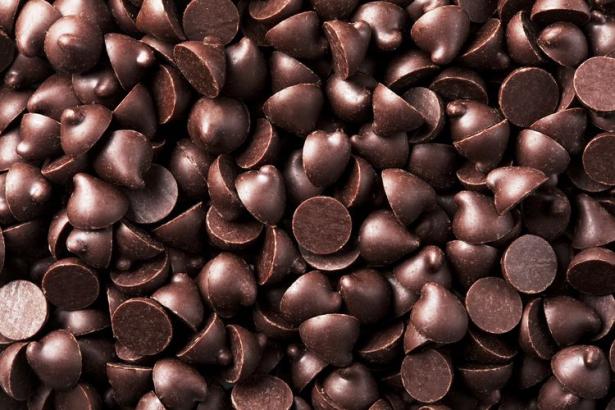food A Consumer Reports Study Found Your Dark Chocolate May Contain High Levels of Lead
Bad news, chocolate fans. Turns out there could be a dangerous ingredient lurking in your post-dinner bite of dark chocolate. And while we live in a world where you have to assume some ambiguity when it comes to ingredient lists in processed foods, you’re going to want to take note of this one.
Consumer Reports tested 28 chocolate brands to see if any of the bars contained dangerous amounts of cadmium and lead, two heavy metals that could impact a person’s health if consumed. By looking into the products from brands like Dove and Hershey’s, the site was able to identify five chocolate companies in particular that introduce enough of these heavy metals — specifically cadmium and lead — if one ounce of the chocolate is eaten even day. On the other end of the spectrum, the research also revealed safer dark chocolate options.
To determine the level of risk, Consumer Reports followed California’s maximum allowable dose for cadmium (4.1mcg) and lead (0.5 micrograms). And while the results do show which brands have a higher concentration of these elements, they do not speak to whether or not they exceed legal limits. It’s also worth mentioning that there is no federal limit on how much cadmium or lead food can contain.
The products with the most lead present were Hershey's Special Dark Mildly Sweet Chocolate, Chocolove Extreme Dark Chocolate 88% Cocoa, Hu Organic Simple Dark Chocolate 70% Cacao, and Trader Joe's Dark Chocolate 72% Cacao.
On the flip side, some of the safest chocolates tested included Mast Organic Dark Chocolate 80% Cocoa, Taza Chocolate Organic Deliciously Dark Chocolate 70% Cacao, Ghirardelli Intense Dark Chocolate 86% Cacao, and Ghirardelli Intense Dark Chocolate Twilight Delight 72% Cacao.
In addition, 23 of the bars tested would put an adult over the level public health authorities consider safe for heavy metal consumption, according to the report. But the real question is: How did these heavy metals get into the chocolate? In a conversation with public radio station WBUR, director of food and safety research at Consumer Reports James Rogers shared some insight: “With cadmium, the research has shown that if you have soil where you grow the chocolate plants in that has cadmium in it, the roots will actually draw out the cadmium and it will end up in the cocoa seeds,” he says. “And then when you process those cocoa pods into chocolate, the cadmium comes along for the ride.”
When it comes to lead, the situation is similar. “When the chocolate beans, the cocoa beans, are being processed, one of the steps is for them to be dried, usually out in the open,” Rogers says. “And if you are processing these beans close to an industrial site—a place that is manufacturing lead batteries, for instance—the soil can become contaminated. And then as you're drying these cocoa pods, they actually have dust that blows over from the industrial site and settles onto the seeds.” (You can read more of Rogers’ insight and the full interview over on the WBUR website.)
Both of these heavy metals can impact child development, specifically contributing to neurological dysfunctions and some studies even link heavy metal consumption to cancer. With this in mind, Consumer Reports recommends that parents remove dark chocolate from their children’s diets — and the same goes for pregnant people. You can read the full study and its findings on the Consumer Report website.


Spread the word